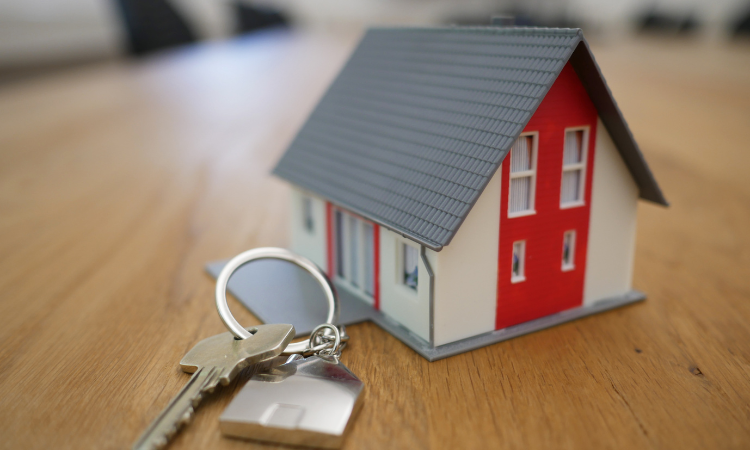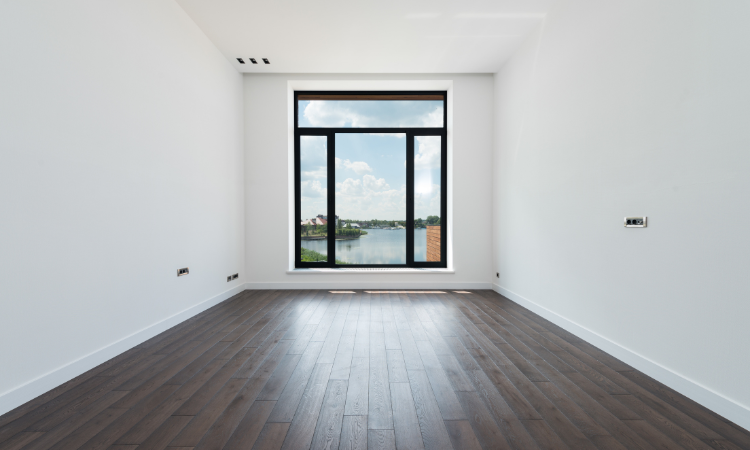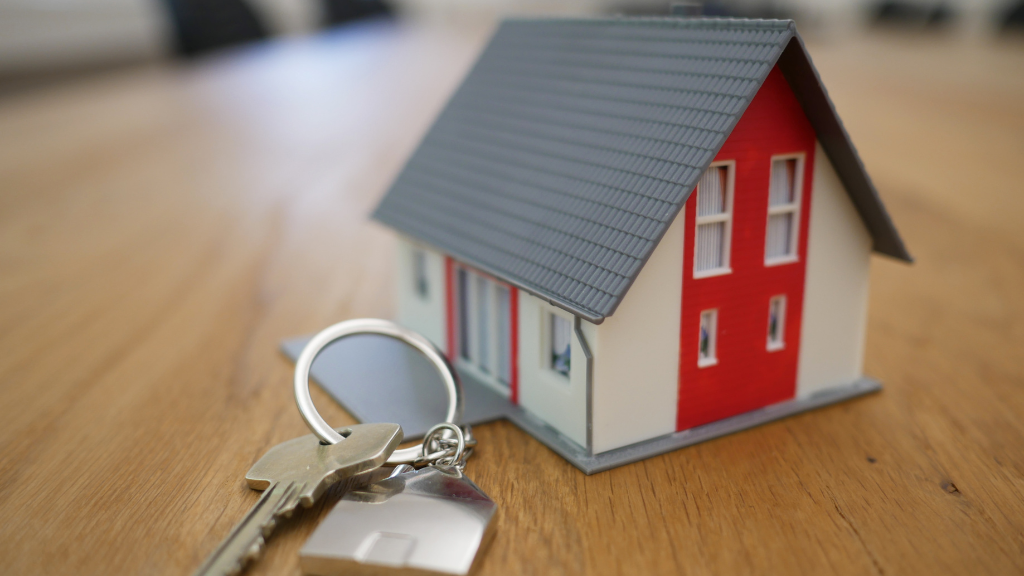Congratulations on your new home! Moving into a new place can be exciting but it can also be overwhelming. My Moving Cost Team created a checklist of things you may want to do after moving in to make sure your new home is in good shape and ready for you to live in:
1. Change the locks:
Changing the locks on your new home after moving in is a precautionary measure to ensure your safety and security. When you move into a new home, you never know who else may have a key to the existing locks. There could be previous owners, tenants, contractors, or even neighbors who still have a copy of the keys to your home. By changing the locks, you can ensure that you are the only one with access to your home. This will give you peace of mind and help you feel more secure in your new home. Additionally, changing the locks can be a simple and inexpensive process that will not take much time but will provide significant benefits.

Read more: Do You Need Moving Insurance?
2. Inspect the property:
Inspecting the property after moving into a new home is an important step to ensure that everything is in good condition and working order.
There may be issues that were not apparent during the initial home inspection, or that may have arisen during the move-in process. Here are a few reasons why inspecting the property after moving in is important:
- Safety: A thorough inspection can help identify potential safety hazards, such as loose railings or steps, faulty electrical wiring or plumbing leaks.
- Maintenance: Inspecting the property can help identify areas that require maintenance or repairs. This could include issues with the roof, gutters, foundation or other areas that may have been missed during the initial home inspection.
- Pest control: Inspecting the property can help identify any signs of pest infestations such as termites, ants or rodents which can cause damage to the home and be a health hazard.
- Homeowner’s insurance: Some homeowner’s insurance policies require an inspection to be conducted within a certain timeframe after moving in, in order to ensure that the home is properly insured and that any issues are identified and addressed.
- By inspecting the property after moving in, you can identify any potential issues and address them early before they become more significant and expensive to repair.
This can help you maintain the value of your home and keep it in good condition for years to come.
3. Check the smoke detectors and carbon monoxide detectors:
Checking the smoke detectors and carbon monoxide detectors after moving into a new home is important for your safety. Here’s why:
- Early Detection: Smoke detectors and carbon monoxide detectors are essential safety devices that can detect the presence of smoke and harmful gases like carbon monoxide. They can provide an early warning and give you time to evacuate in case of a fire or gas leak.
- Regular Maintenance: Smoke detectors and carbon monoxide detectors require regular maintenance to ensure they are working properly. This includes testing the batteries and cleaning the devices to prevent dust buildup.
- Legal Requirements: Many states and municipalities have laws that require homeowners to have working smoke detectors and carbon monoxide detectors in their homes. Checking them after moving in ensures that you are in compliance with these laws.
- Peace of Mind: By checking the smoke detectors and carbon monoxide detectors, you can have peace of mind knowing that you and your family are protected in case of an emergency.
It is recommended that you test your smoke detectors and carbon monoxide detectors at least once a month and replace the batteries twice a year. If the detectors are not functioning properly or are outdated, it is important to replace them with new ones as soon as possible.

Read more: Where to Find Free Moving Boxes?
4. Locate the water shut-off valve:
Locating the water shut-off valve after moving into a new home is important for several reasons:
- Emergencies: In case of a water emergency such as a burst pipe or a leak, you need to know where the water shut-off valve is located so you can quickly turn off the water supply to prevent further damage to your home.
- Maintenance: If you need to perform any maintenance or repairs on your plumbing system, you may need to shut off the water supply to your home temporarily.Knowing where the shut-off valve is located will make this process easier and faster.
- Safety: Locating the water shut-off valve is important for safety reasons as well. In case of a natural disaster or other emergency situation, it’s important to be able to turn off the water supply to your home to prevent flooding and water damage.
- Water Conservation: Knowing the location of your water shut-off valve can also help you conserve water. If you notice a leak or a burst pipe, you can quickly shut off the water supply to prevent wasting water.
5. Test the faucets and toilets:
Testing the faucets and toilets after moving into a new home is an important step in ensuring that your plumbing system is in good working order. Here are a few reasons why:
- Water Pressure: Testing the faucets and toilets can help you determine if there are any issues with water pressure or flow. Low water pressure could be a sign of a clogged pipe or other plumbing issues that need to be addressed.
- Leaks: Testing the faucets and toilets can also help you identify any leaks in the plumbing system. Leaks can cause water damage, mold growth, and high water bills, so it’s important to address them as soon as possible.
- Toilet Flushing: Testing the toilets can help you determine if they are flushing properly. A toilet that doesn’t flush correctly could be a sign of a clog or other plumbing issues.
- Water Efficiency: Testing the faucets and toilets can also help you identify opportunities for water conservation. By fixing leaks and addressing low water pressure, you can reduce your water usage and save money on your water bills.
And some other things to do after moving in:
6. Clean the home:
Before unpacking, give your new home a thorough cleaning. This includes wiping down surfaces, vacuuming or sweeping floors and cleaning the bathrooms and kitchen.
7. Set up utilities:
Contact your local utility companies to set up electricity, gas, water and internet service.
8. Change your address:
Update your address with the post office, banks, credit card companies and other important contacts.
9. Register for local services:
Register for trash and recycling pickup, as well as any other local services that may be available.
10. Meet your neighbors:
Introduce yourself to your neighbors and get to know the community.
If you have any questions regarding a new home checklist after moving in or if you have any moving related issues, My Moving Cost Team is always here to help.


